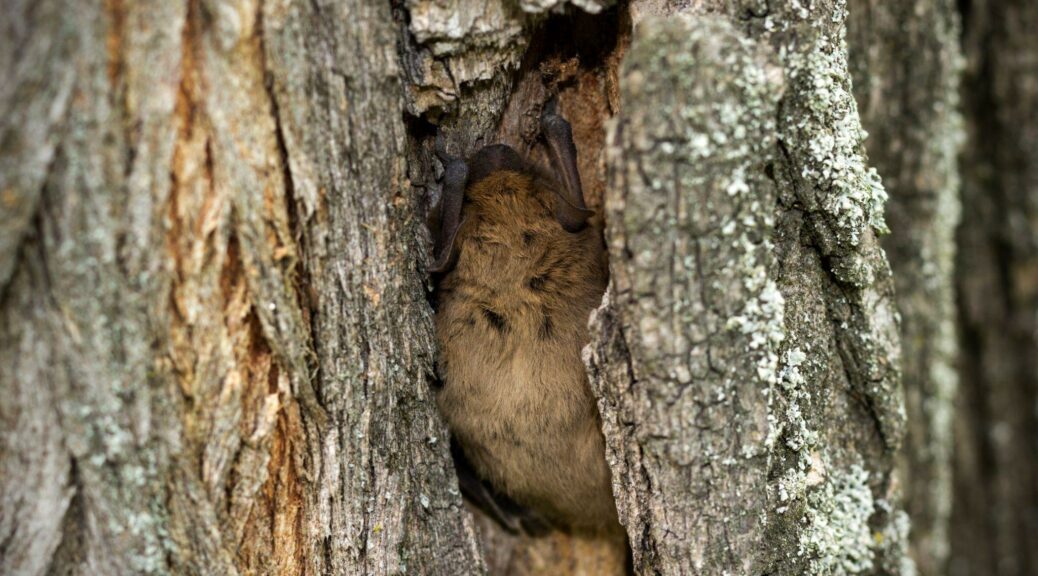Bats play a crucial role in our ecosystem, from pollinating plants to controlling insect populations. However, when they take up residence in our homes or commercial buildings, their presence can pose challenges. For those facing this dilemma, it’s essential to understand the legal landscape surrounding bat removal to ensure these creatures are handled safely and humanely.
The Importance of Bat Protection
Bats are protected under various laws because of their vital ecological roles and the declining populations of many bat species. These laws, including federal wildlife laws, are designed to prevent harm to bat colonies and ensure their continued survival. Knowing these regulations is important for anyone dealing with a bat issue, as violations can result in significant fines and penalties.
Key Bat Protection Laws
There are laws at the federal, state, and local levels that govern the treatment of bats. Here’s an overview of the most relevant ones for those with bats on their property:
Federal Protections
The Endangered Species Act (ESA) protects species that are listed as endangered or threatened, including the Townsend’s big-eared bat, which is found across much of the western and central United States. The ESA makes it illegal to harm, harass, or kill this protected species and restricts any activities that would disturb its habitat.
This means that if Townsend’s big-eared bats are present on your property, any attempt to remove or disturb them must be done in accordance with federal guidelines, often requiring specific permits and mitigation measures.
State-Specific Protections
As a homeowner and business owner in California, you need to be aware of several key laws and protections when dealing with bats on your property:
California Fish and Game Code §4150: This law classifies all bats as “nongame mammals,” meaning they cannot be taken, possessed, or killed without appropriate permits. If bats are found on your property, it is illegal to harm them or remove them using lethal or capture methods without following legal channels, such as obtaining necessary permits. Non-lethal exclusion methods, when performed humanely and outside of sensitive periods, generally do not require a permit.
California Endangered Species Act (CESA): Administered by the California Department of Fish and Wildlife (CDFW), CESA protects bat species listed as endangered, threatened, or candidates for listing. If the bats on your property, such as the Townsend’s big-eared bat, fall under CESA, it is illegal to harm, harass, or kill them. Any actions taken to remove or disturb these bats require specific permits from the CDFW and must include mitigation measures to avoid harm.
California Species of Special Concern: In addition to endangered and threatened species, the CDFW designates certain bat species as Species of Special Concern due to their rapid and alarming decline. While these species do not receive the same level of protection as those listed under CESA, they still require careful handling. It’s illegal to capture, possess, kill, or remove these bats without following proper legal procedures, including obtaining necessary permits when applicable.
California Penal Code §597: This law prohibits cruelty to animals, including bats. Homeowners and business owners must avoid any actions that could be seen as cruel or inhumane, such as killing or harming bats, as this could result in criminal charges.
Maternity Season Protections: During the maternity season, typically from April 15 to August 15, it is illegal to disturb a bat roost. Homeowners and business owners must avoid any actions that would disturb bats during this critical period, such as construction, renovations, or attempts to remove bats from their property. Violating these protections can lead to legal penalties and harm to the bat population.
Local Ordinances
Local governments may also have ordinances that further regulate bat removal. These can include restrictions on the timing of removal or specific methods that are approved or prohibited under local bat law.
Navigating the Legal Landscape of Bat Removal
Given the complexity of these legal restrictions, risks to both the bats and humans, and the specialized knowledge required, attempting to remove bats on your own is not recommended. Here’s why professional assistance is essential:
1: Understanding Legal Restrictions
Bats are subject to various protections, with specific regulations in place to prevent harm, such as restrictions during the maternity season. Professionals fully understand the reasoning and responsibility behind these regulations, ensuring that any removal is carried out in an effective and humane way that respects both the law and the ecological importance of bats.
2: Permitting and Compliance
Depending on the species and your location, permits may be required to remove bats from your property. The process of obtaining these permits can be complicated and is best handled by professionals who are familiar with the necessary legal steps. They can ensure that all actions are legally sound, preventing potential fines or legal issues.
3: Safety and Expertise
Bat removal is not just about following the law—it’s also about safety. Bats can carry diseases such as rabies, and handling them without proper equipment and training can be dangerous. Professional wildlife services have the expertise and tools needed to safely manage bat removal and prevent future infestations by sealing entry points.
Choose Professional, Humane Bat Removal Services
At Animal Capture Wildlife Control, we specialize in humane bat removal that complies with all relevant bat removal laws and regulations. Our team is trained to safely and effectively remove bats from your property while ensuring the protection of these important creatures. We use ethical methods, such as installing one-way exclusion devices that allow bats to leave your property on their own but prevent them from re-entering. Additionally, we take care to seal entry points to prevent future issues.
Bats are a vital part of our environment, and it’s our responsibility to protect wildlife while also safeguarding our homes and businesses. If you’re dealing with a bat issue, don’t take chances with the law or the well-being of these animals. Contact us today for professional, humane bat removal services.
